Thin, whitish trails on leaves are a sign of leafminers. Thankfully there are many ways to get rid of leafminers naturally without resorting to pesticides
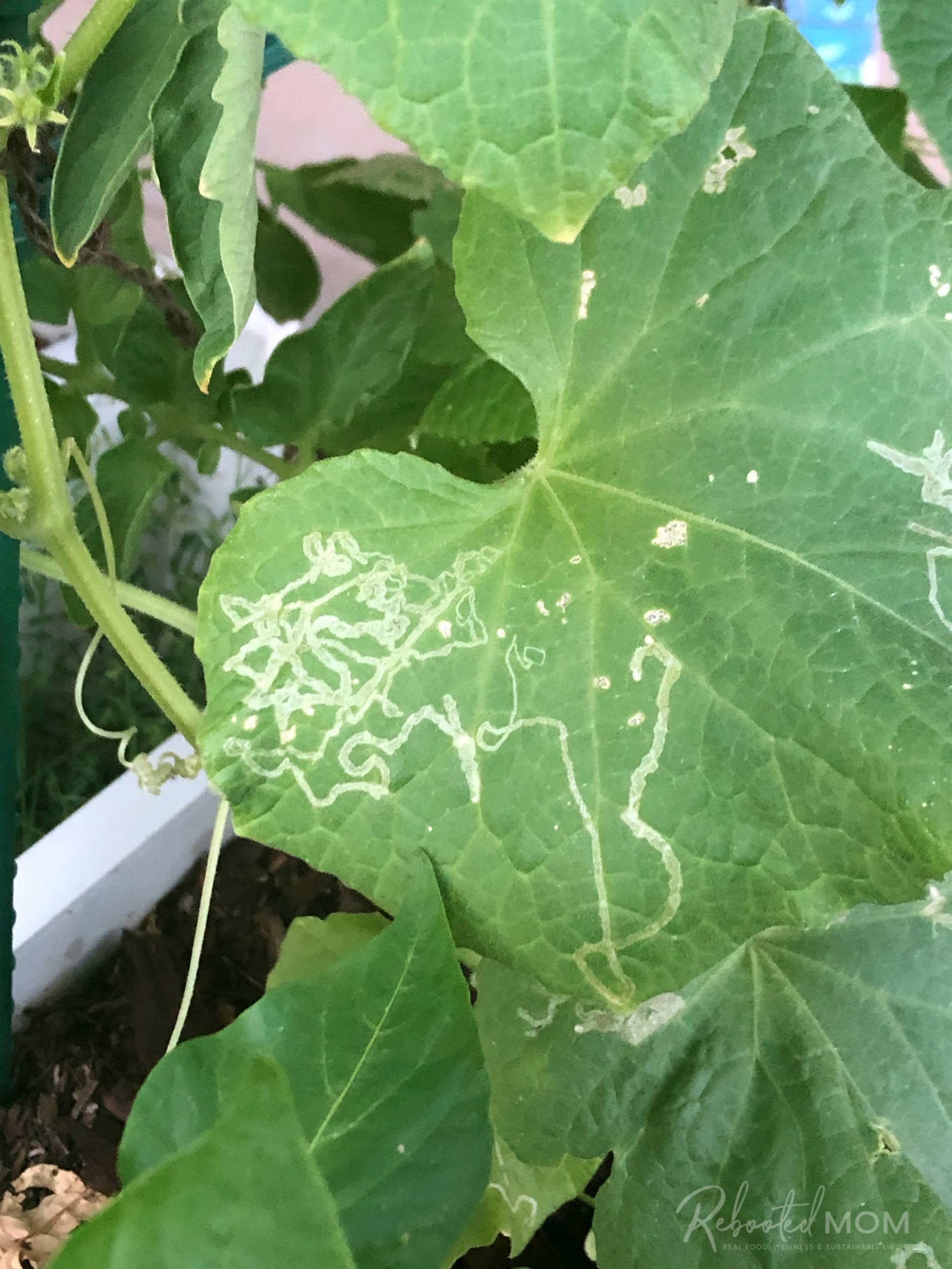
Leafminer trails on a cucumber plant.
If you’ve had a garden growing on your property for any length of time, chances are you are familiar with garden pests. From caterpillars to aphids, leafminers are just another pest that gardeners need to look out for as they check their garden daily against unwanted pests.
Leafminers can show up at the most inopportune time. In fact, you might not realize they are even there until you start to notice white, squiggly lines on the leaves of your plants.
What are Leafminers?
Leafminers are the larval stage of beetles, flies and moths. They are teeny tiny – between 1/5 and 1/8 in length. The leafminer larvae live inside of the leaves of your plants and trees where they feed on the tissue found between the upper and lower sides of the leaf.
As they eat that tissue, they produce squiggly lines on the leaves of your plants. Though they won’t kill a plant, repeated attacks (or infestations) will leave your plants much weaker and thus affect their production.
Why are Leafminers Hard to Kill?
Leaf miners aren’t picky about the type of plant they would like to pursue.. in fact, healthy or not, they’ll come out and chomp on everything you have in your garden. They are incredibly hard to kill because they feed on the inner leaves of your plants. The adults will lay their eggs on the leaves; larvae then hatch, and drop to the ground where they can burrow into it to finish pupating.
Spraying your plants might help (temporarily), but in reality the spray coats only the outside.
Leafminers like citrus trees, blackberries, and even columbine (often times used as a trap crops). They wreck havoc in your veggie garden because they love tomatoes, cucumbers, peppers, squash, beans, lettuce and zucchini.
How to Get Rid of Leafminers Naturally
Thankfully there are several organic solutions to help treat affected areas and keep leafminers out of your garden .
#1: Prune your plants
Keep a close eye on your garden – you’ll be in a better position to tell when there is a problem or something seems out of place. Eradicating the leafminer larvae is key to preventing them from infesting your garden.
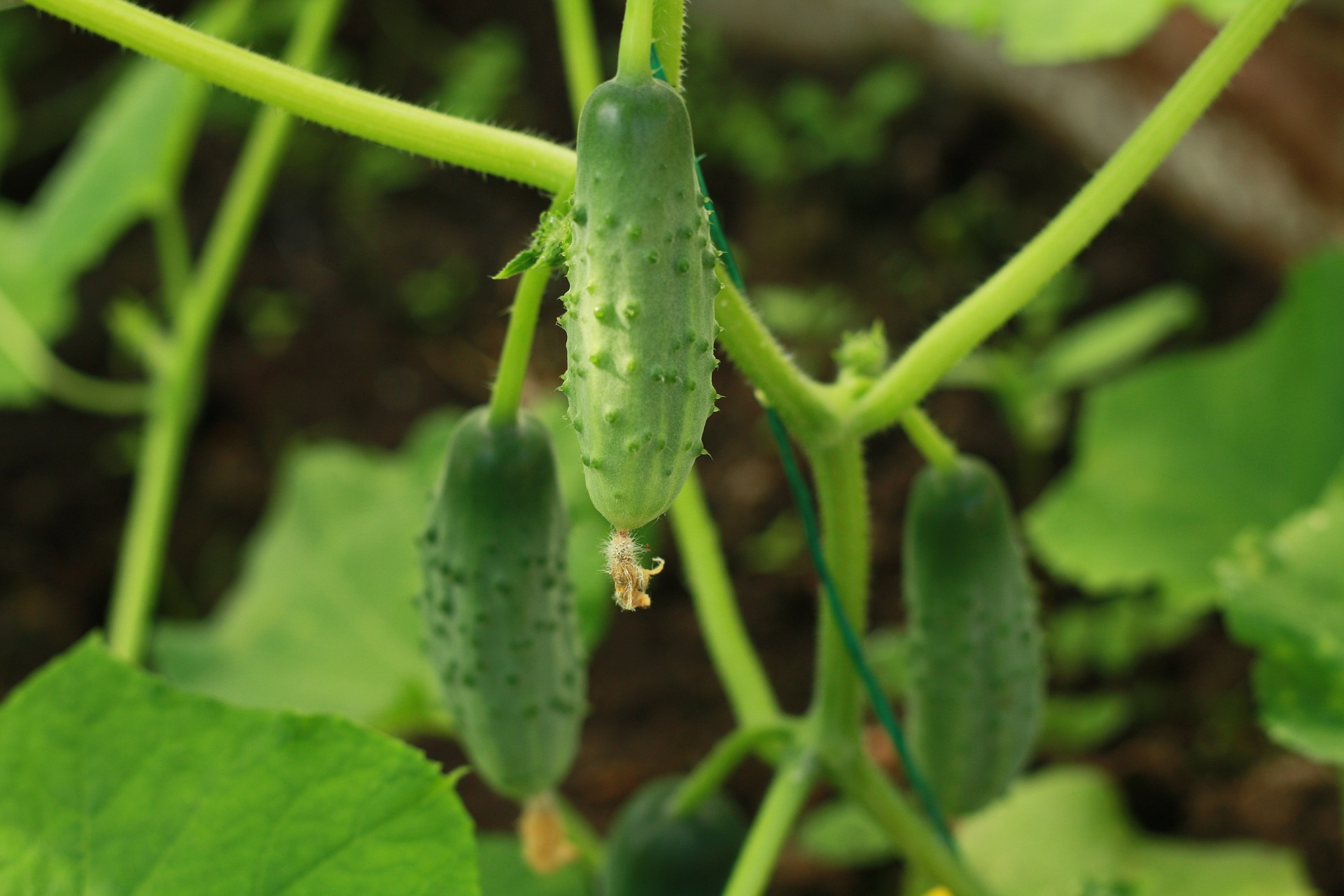
Monitor your plants daily to check for signs of burrowing in the leaves. If you can’t detect the burrowing before it happens, then simply pick off and toss the infested leaves (pruning).
If you aren’t up for removing the affected leaves, gently squeeze the leaves instead. This might give you more satisfaction of killing the bug without actually taking out the leaves.
#2: Neem Oil
Neem Oil is a natural insecticide that can be used to treat plants. Neem oil can disrupt the leafminers’ natural cycle.. which prevents them from spreading and becoming adults.
Just remember though that neem oil doesn’t necessarily kill the leaf miners. It just treats the pests to divert them from your plants.
#3: Castile Soap
If you aren’t up for buying additional products and have castile soap, pull it out. Castile soap has worked well for us – one teaspoon diluted in a 15-20 oz spray bottle of water.
Use the solution as a foliar spray, taking care to be thorough and spray on the entire leaf (front and back). While castile soap can be effective, it does require multiple applications over a period of time to ensure that the leafminers are diverted from your plants.
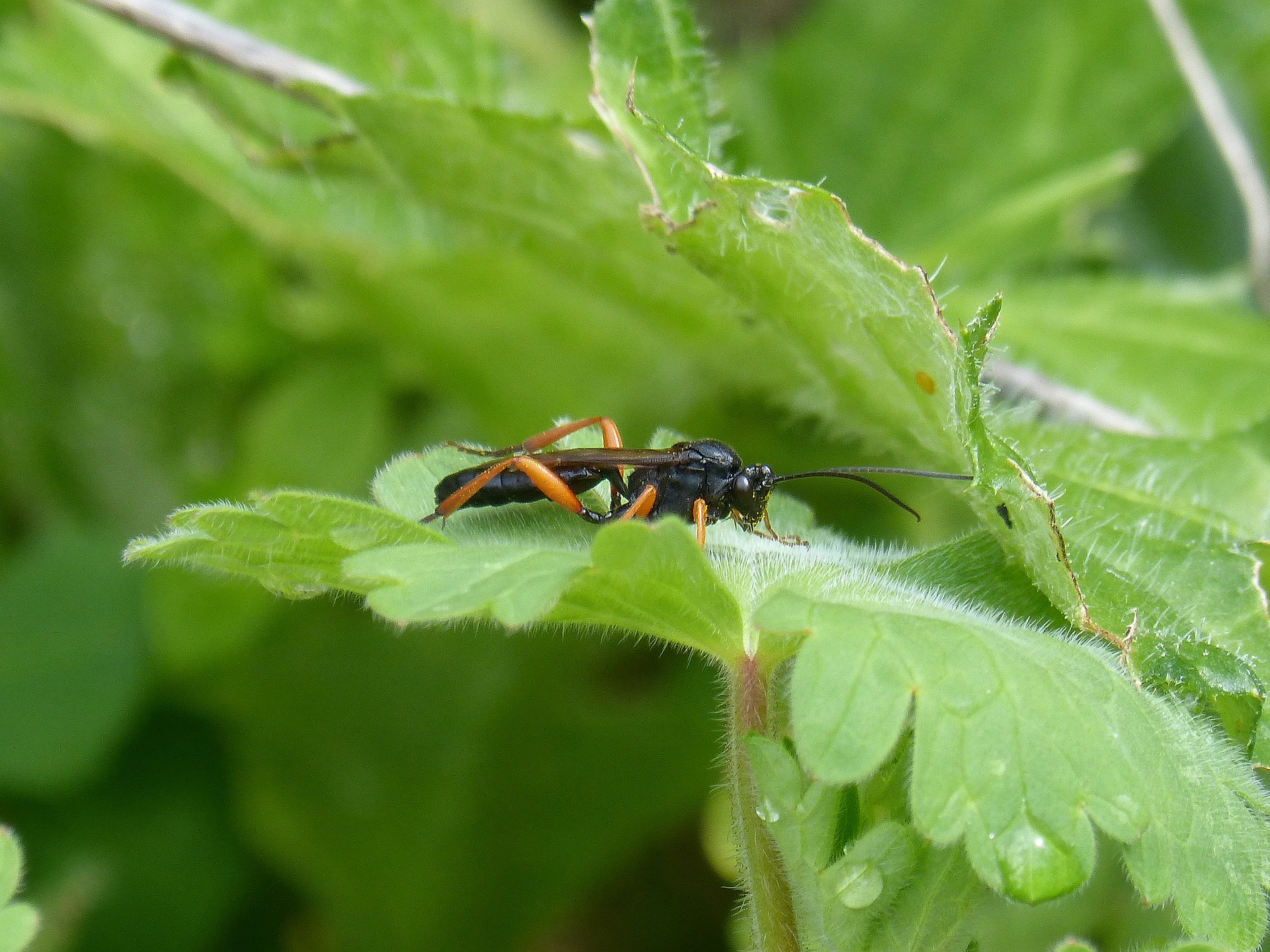
#4: Natural Predators
Parasitic wasps can help alleviate issues with leafminers, by using parasitic wasps. The wasps will help to parasitize the leafminer larvae. They’ll then lay their eggs inside of them – when the hatchlings emerge, they’ll feast on the larvae wiping them out.
You can order parasitic wasps online from Planet Natural or even Amazon for garden or farm use.
#5: Floating Row Covers
Floating row covers are a great way to prevent a leafminer infestation. When combined with any of the other methods, above, you’ll help eradicate those little buggers before they take over your garden.
Since the adults are flying insects, the row covers will prevent the females from landing on your plants to deposit their eggs. The plastic will also prevent mature larvae from dropping from the leaves to the ground and burrowing in (thus disrupting their cycle!)
Before you place the row covers down, you’ll want to hand pick the affected leaves and toss. Then use the row cover as a protection to prevent them from coming back. Pair your row cover with a light framework support with PVC pipe you can pick up from your local hardware store.
The row cover will also protect your plants from a light frost. Just don’t depend on it to protect your plants from a heavy frost.
Use a Trap Crop
Trap crops are a great way to keep leafminers out of your valuable plants. Trap crops are plants that will entice them – plant them nearby so as to entice them to move away from your valuable plants.
Good trap crops are columbine, lambsquarter and velvetleaf.
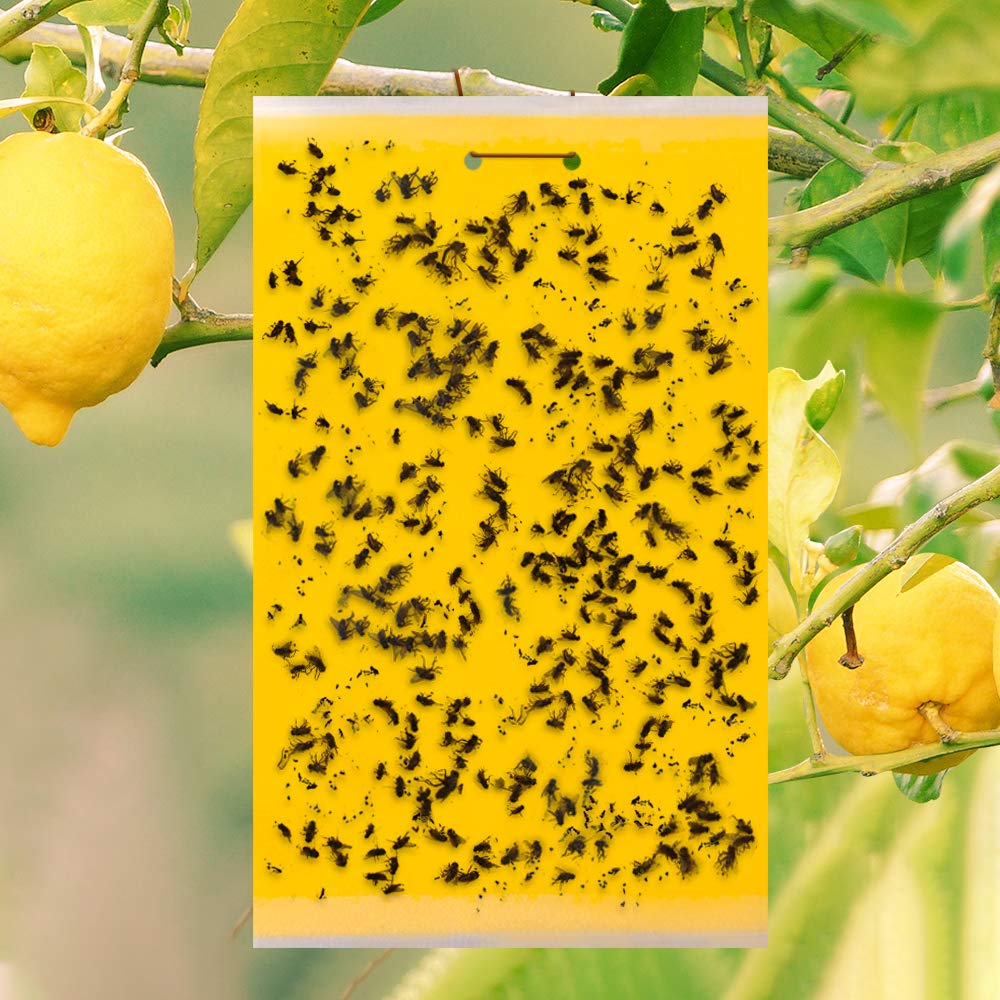
Sticky Traps are a great way to attract adult leafminers, disrupt their cycle so they can’t mate. You can make them easily yourself at home.
Make or Buy Sticky Traps
Sticky traps are cards that are covered with adhesive and hung or placed on stick holders near the plant. Most sticky traps are brightly colored (leafminers are attracted to yellow and blue).
The adults will then become stuck on the adhesive, thus unable to remove themselves. As a result, they will not be able to mate and lay eggs.
You can buy sticky traps on Amazon, or your local garden center. Or, simply make your own.
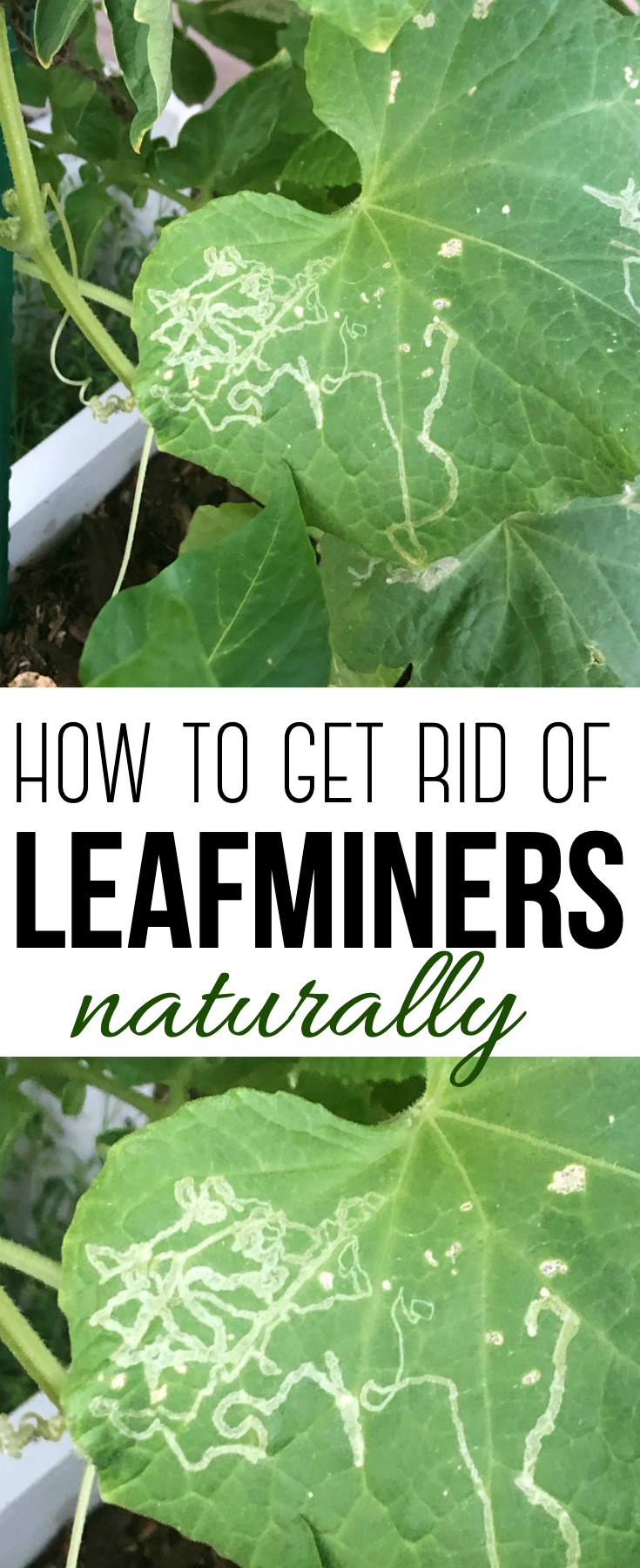

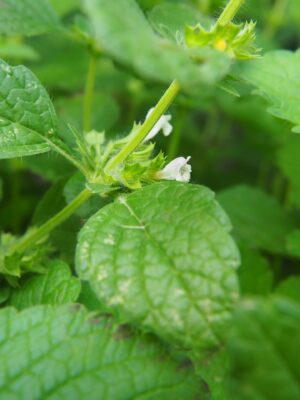

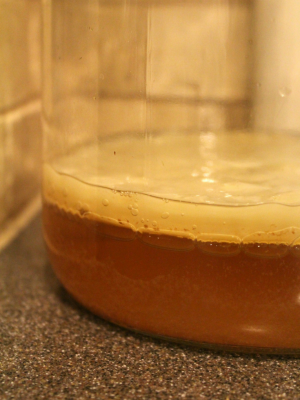
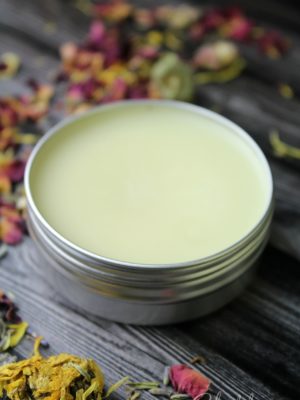
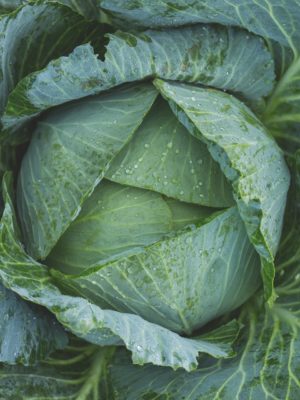

These are great tips, thank you!
Do you dilute the neem oil or use it full strength?
If so, what is the dilution?
Thank you!
I recently bought some 100% Neem Oil from Amazon, and the bottle states 1tbsp Neem Oil + 1 Gal Water (+ a Few Drops of Dawn Dish Soap – the Dawn helps the oil to stick to whatever you spray), I’ve had Good results using it to treat White Flies (notoriously difficult to get rid off), and to ward off wasps from flying around our porch by using the Neem mixture to spray/coat the outer wood beams of our porch roof that are just under the roofing material so that they were protected from rain and of having the Neem oil solution washed clean. I had heard peppermint worked to deter wasps as they don’t like the smell of peppermint. I bought Neem Oil instead of more peppermint, so I tried the Neem instead, and the Neem seems to work wonders! We haven’t had any wasps flying around checking if our porch was a good nesting place, ever since I sprayed it! Literally, saw ONE wasp, and it came around because of some water I had sitting out, but it left quickly..so, I consider it a WIN!
Sounds great just be careful you don’t scare off any good wasps…,
Thank you for all the tips. Do you know if fly traps baited with a yeast solution will work? First time gardener here and since some sites said not to worry to much, I didn’t. I repeatedly pruned the affected leaves until there were hardly any left. Although I’ve planted many flowers to attract pollinators to my garden i struggle and don’t want to use row covers. I have caught enough lizards to make me back off sticky cards and In Texas neam oil is a bit harsh. I will move the garden next year and purchase wasps but would like to find something to save this years cucumbers and tomatoes.
It might work… I did Neem oil here in Arizona too and it is really harsh as well. You know what did work really well for me is citrus peels.. I save them all and boil them on the stove for a little bit, then turn off the stove. Let them sit and infuse, then strain the peels out and put that solution in a spray bottle. I use that on my plants and it worked rather well. Last year I had terrible leaf miners, this year not so much. You will always have some, but some years they get really bad. I pruned my leaves last year so much that I hardly had any leaves left. You can try the fly traps baited with yeast -leaf miners are attracted to bright colors (think yellow, red, etc.)
I’m in that position now. I feel like I’m pruning all of my leaves, which concerns me because I don’t want to deplete flavor from my cantaloupes who are newly forming. Did you find that it was a detriment to cut so many leaves?? There are more that I need to cut but I’m nervous because I’ve already cut so many!
Felt like that too. Believe me! It didn’t deter the cantaloupe from forming though. I had leaf miners on my cucumbers too – I also gave the plants a good spray too. Try this — it may work for you! 2 Hot Peppers + 1 Onion + 1 Bulb of Garlic + 1 Quart of Water. Blend it up (blender), then let it sit. Strain it, and toss the puree out, keep the liquid. To the liquid, add a smidge of organic dish soap. Use that to spray the leaves every few days.